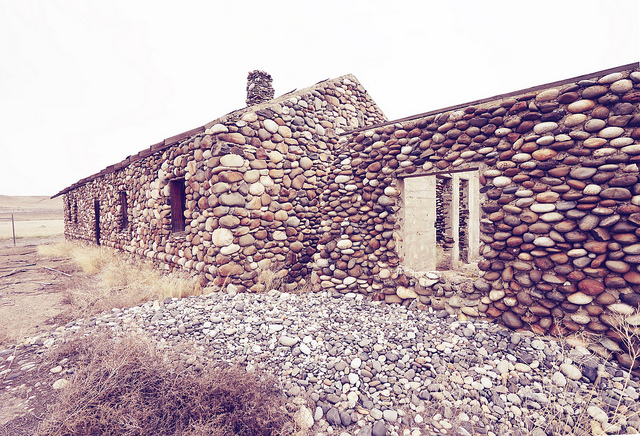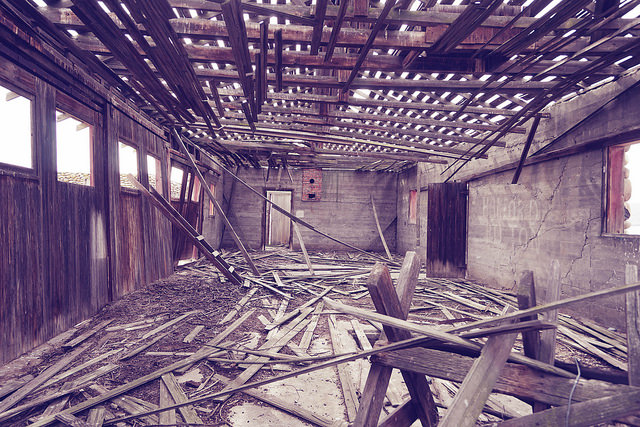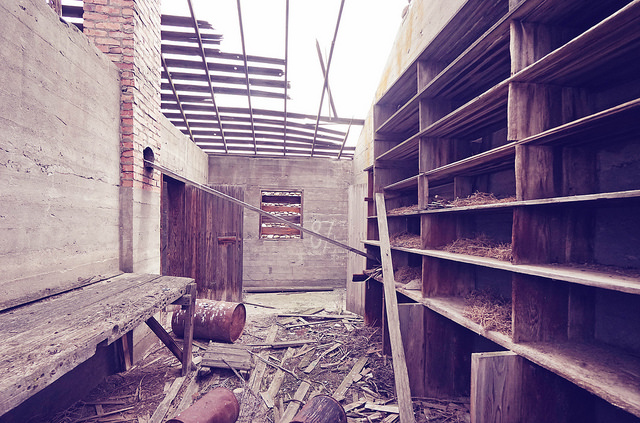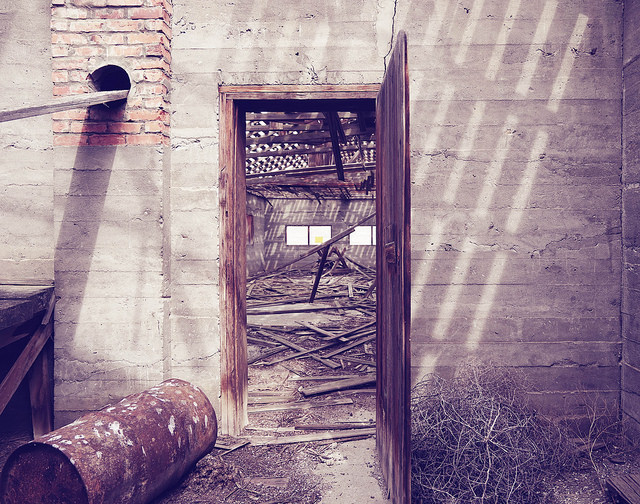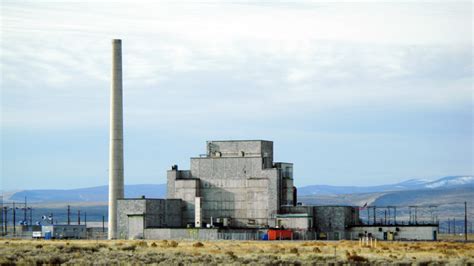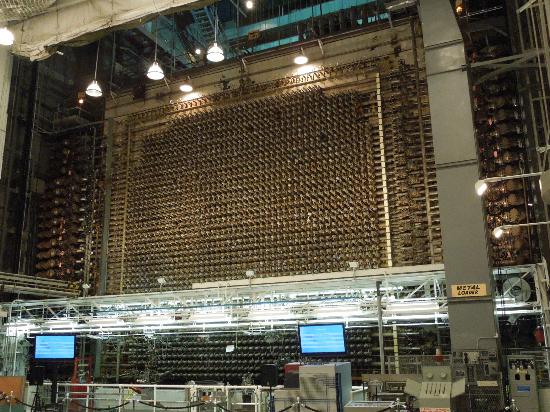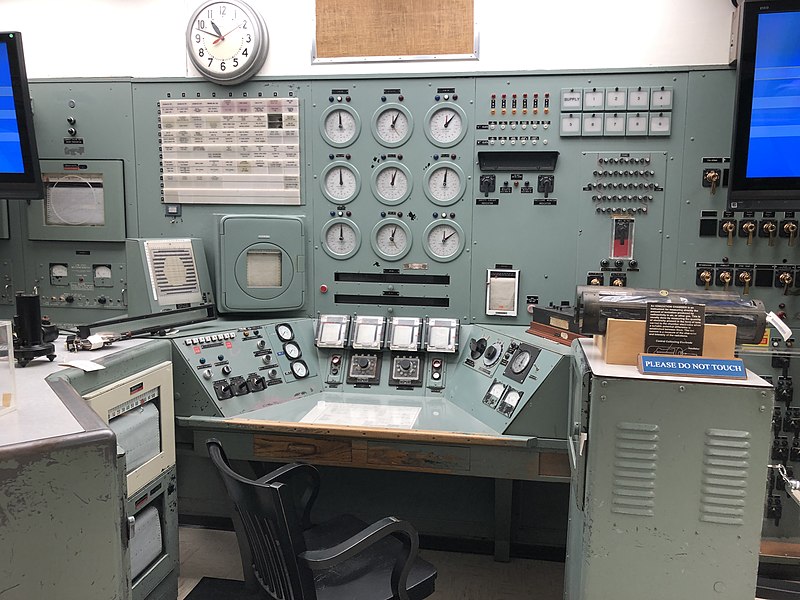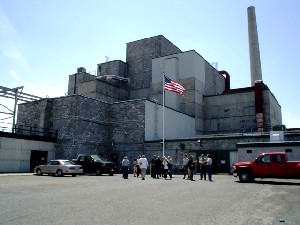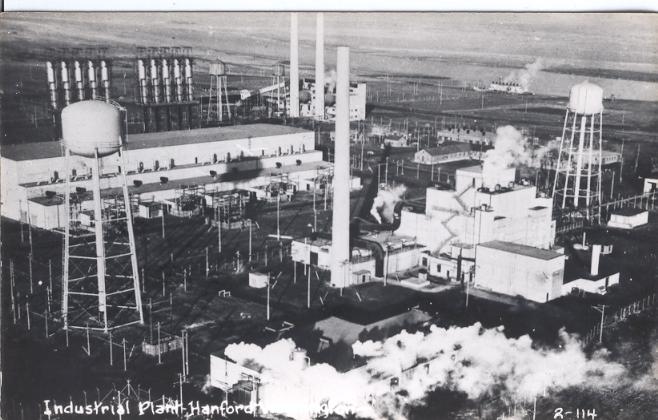Bruggemann Ranch
Status: Most Endangered Places
Year Listed: 2018
Location: Benton County
Location: Manhattan Project National Historical Park
After immigrating to the United States from Germany in 1926, Paul and Mary Bruggemann purchased a large ranch along the Columbia River in 1937. The Bruggemanns became one of the most successful farming families in the region but were evicted by the US Government in 1943 to make way for plutonium production. The copious supply of water from the Columbia combined with cheap, reliable power made the area an ideal location for the development of the Manhattan Project.
The pre-Manhattan Project history of the Hanford Reach area was nearly erased over the ensuing decades, but with the recent establishment of the Hanford Unit of the Manhattan Project National Historical Park, a new interest in uncovering the layered history of the site has developed. Only four structures remain from the pre-Manhattan era: Hanford High School, the White Bluffs Bank, the Allard Pumphouse, and the only privately built structure remaining: the Bruggemann cook house.
The Bruggemann site was once a substantial ranch with multiple structures and around 2000 acres of orchards. Today, only the cook house remains. The building is constructed of river cobble and is the last surviving example of this once common architectural technique in the area. The cook house is currently unsheltered from the elements with no clear plan for preservation, and advocates are seeking to bring more attention to the importance of preserving the little physical history that remains. The nearby White Bluffs Bank was recently restored, and advocates would like to see the cook house also restored and used to interpret the pre-Manhattan Project history.
Because of its proximity to the Vernita Bridge, the northernmost access point to park, a restored cook house could logically serve as an entry point and interpretative space that could communicate the significance of the pre-Manhattan Project history to park visitors.


